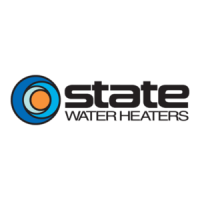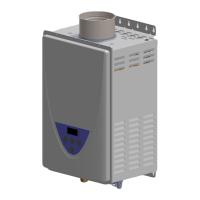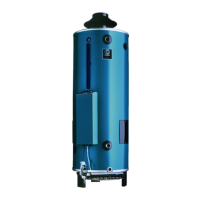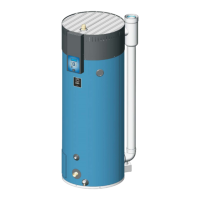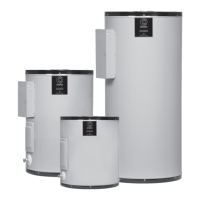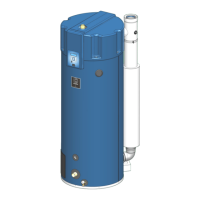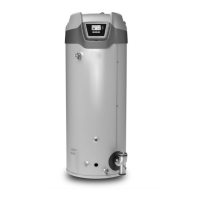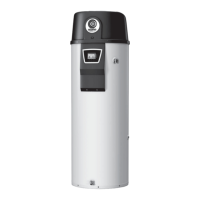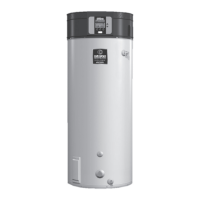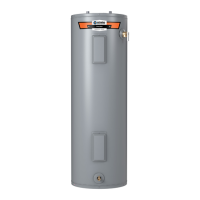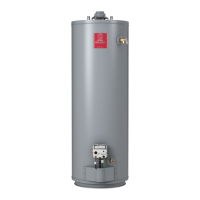1
PRINTED IN THE U.S.A. 1004 PART NO. 184748-001
supersedes 184748-000
KEEP THIS MANUAL IN THE POCKET ON HEATER FOR FUTURE REFERENCE
WHEN EVER MAINTENANCE ADJUSTMENT OR SERVICE IS REQUIRED.
ALL TECHNICAL AND WARRANTY QUESTIONS: SHOULD BE DIRECTED TO THE LOCAL DEALER FROM WHOM THE WATER HEATER WAS
PURCHASED. IF YOU ARE UNSUCCESSFUL, PLEASE WRITE TO THE COMPANY LISTED ON THE RATING PLATE ON THE WATER HEATER.
GAMA certification applies to all
residential electric water heaters
with capacities of 20 to 120 gallons.
Input rating of 12 Kw or less.
Instruction Manual
RESIDENTIAL HUD SIDE PLUMBING ELECTRIC
WATER HEATERS
FOR POTABLE WATER
HEATING ONLY
NOT SUITABLE FOR
SPACE HEATING
LISTED
